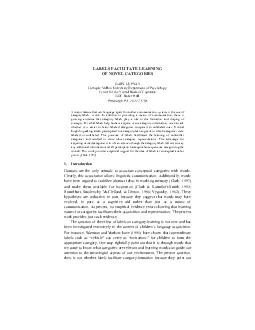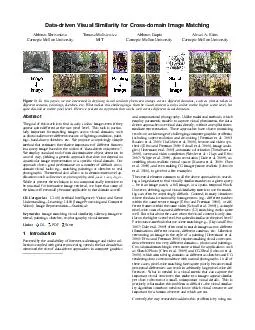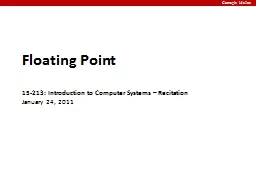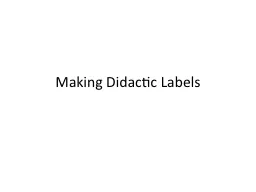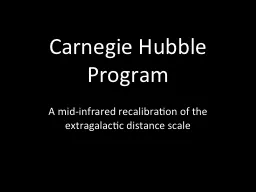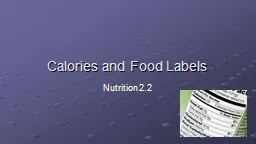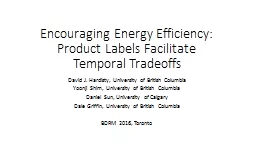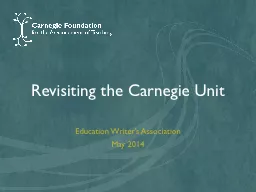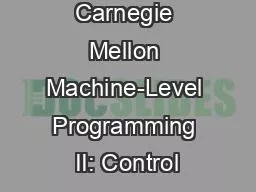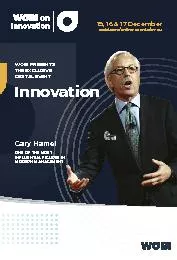PDF-LABELS FACILITATE LEARNING OF NOVEL CATEGORIES GARY LUPYAN Carnegie
Author : rose | Published Date : 2021-09-08
the relevant categories ie the label chair suggests that chairs are a useful and relevant category of objects but whether named categories are easier to acquire
Presentation Embed Code
Download Presentation
Download Presentation The PPT/PDF document "LABELS FACILITATE LEARNING OF NOVEL CAT..." is the property of its rightful owner. Permission is granted to download and print the materials on this website for personal, non-commercial use only, and to display it on your personal computer provided you do not modify the materials and that you retain all copyright notices contained in the materials. By downloading content from our website, you accept the terms of this agreement.
LABELS FACILITATE LEARNING OF NOVEL CATEGORIES GARY LUPYAN Carnegie: Transcript
Download Rules Of Document
"LABELS FACILITATE LEARNING OF NOVEL CATEGORIES GARY LUPYAN Carnegie"The content belongs to its owner. You may download and print it for personal use, without modification, and keep all copyright notices. By downloading, you agree to these terms.
Related Documents

